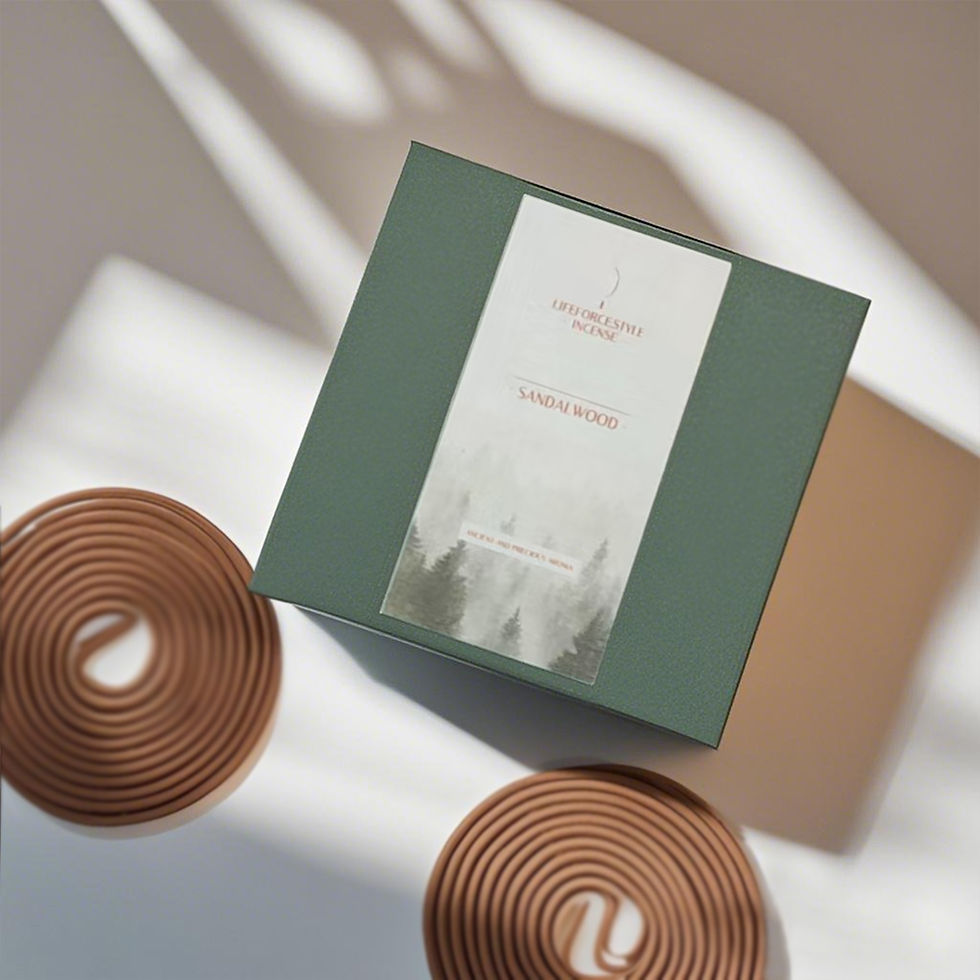Compound content is higher in The organic LifeForceStyle large-leaf ancient tree Puerh tea than that of other teas.
- Felix Lee
- Feb 3
- 3 min read
The large-leaf ancient tree Pu-erh tea from Fengqing, Yunnan, refers to large-leaf arbor tea trees that have survived for over a century. These trees are scarce and grow in pristine natural environments, far from human habitation and free from any pollution. The surrounding forests remain untouched and do not require pesticides. These ancient trees thrive at high altitudes with significant temperature differences between day and night, allowing the tea buds and leaves to accumulate abundant nutrients through photosynthesis, resulting in a high content of organic compounds.

The excellent growing environment and natural cultivation methods contribute to a higher pectin content in the ancient tree tea, making the tea infusion smoother, silkier, and of superior quality. Compared to small-leaf shrub tea and younger Pu-erh tea trees, the intrinsic compounds in large-leaf ancient tree Pu-erh tea are of a significantly higher grade:


1. Tea Polyphenols
Tea polyphenols are the most essential bioactive compounds in Pu-erh tea, offering antioxidant, anti-aging, and lipid-lowering benefits. The polyphenol content in Fengqing large-leaf ancient tree Pu-erh green tea (raw tea) is approximately: 630 mg/g of dry tea,
while other green teas contain about 200-300 mg/g.
2. Total Catechins
Catechins are a major component of tea polyphenols, directly influencing the astringency and antioxidant capacity of the tea infusion. The total catechin content in Fengqing large-leaf ancient tree Pu-erh green tea (raw tea) is notably high: 180 mg/g of dry tea, EGCG (Epigallocatechin gallate): 57.7 mg/g, EC (Epicatechin): 64.9 mg/g, while the total catechin content in other green teas is only about 90 mg/g of dry tea.
3. Amino Acids
Amino acids are crucial for the freshness and umami taste of tea and help balance bitterness. The amino acid content in Fengqing large-leaf ancient tree Pu-erh tea is approximately: 30-50 mg/g of dry tea, while other teas contain only 15-30 mg/g of dry tea.
4. Caffeine
Caffeine is responsible for the stimulating and metabolism-boosting effects of tea. The caffeine content in Fengqing large-leaf ancient tree Pu-erh black tea is about: 100 mg/g of dry tea. When 5 grams of dry tea is brewed into 2 liters of tea, A 473 ml (16 fl oz) cup contains about 120 mg of caffeine, compared to an equivalent cup of American coffee, which contains around 200 mg of caffeine. Other teas generally contain 20-30 mg/g of dry tea.

5. Soluble Sugars
Soluble sugars determine the sweetness and smoothness of the tea infusion. The soluble sugar content in Fengqing large-leaf ancient tree Pu-erh tea is approximately: 50~80 mg/g of dry tea, while other teas contain about 30-50 mg/g of dry tea.
6. Flavonoids
Flavonoids have strong antioxidant properties and are beneficial for cardiovascular health. The flavonoid content in Fengqing large-leaf ancient tree Pu-erh tea is about: 20~40 mg/g of dry tea, while other teas contain only 10-20 mg/g of dry tea.
7. Water Extracts
Water extracts represent the total soluble components in tea, directly affecting the richness and thickness of the tea infusion. The water extract content in Fengqing large-leaf ancient tree Pu-erh tea is approximately: 550 mg/g of dry tea, while other teas contain about 350 mg/g of dry tea.
Due to its exceptional composition and high water extract content, Just 5 grams of Fengqing large-leaf ancient tree Pu-erh can brew up to 2 liters of tea infusion. At the same time, the tea infusion is richer, fuller, sweeter, and more flavorful, surpassing ordinary tea garden tea in transformation potential and health benefits.



































Comments